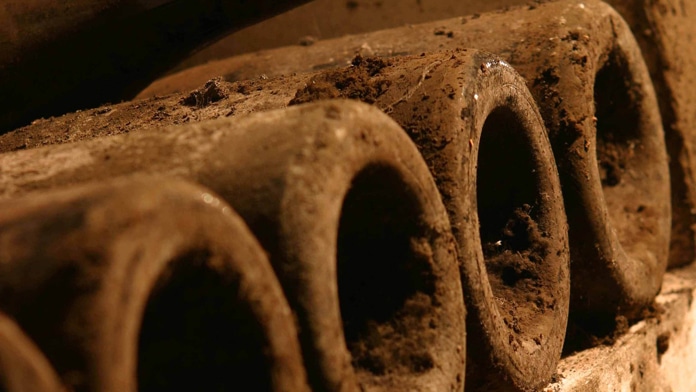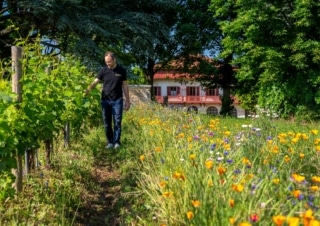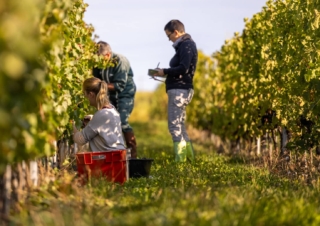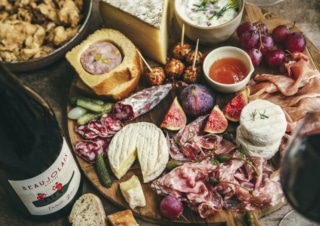Beaujolais first became internationally known in the 20th century thanks to Beaujolais Nouveau although its winegrowing area is thousands of years old.
Beaujolais wines since Antiquity!
Vineyards in the Beaujolais region go back to Antiquity! There are signs of winegrowing in the first century BC, at the time of the Romans.
The Juliénas cru is said to be named after one Julius Caesar.
… During the Middle Ages
From the early Middle Ages, the Lords of Beaujeu left their mark on the region. One of them, Bérard, became known from around 957 thanks to his wine trading. The Lords of Beaujeu gave their name to the area and contributed to its aura. Beaujeu was the capital of the Beaujolais region up until the early sixteenth century, when it was replaced by Villefranche-sur-Saône.
… After the seventeenth century
From the seventeenth century, the Beaujolais winegrowing area attracted the bourgeoisie from Lyon. Local dignitaries enjoyed non-taxable sales rights and used to sing the praises of Beaujolais wines in Paris.
New communication links like Briare Canal between the Loire and the Seine put the Beaujolais region on an important trading route between the south of France and Paris. Goods arriving at the port of Belleville on the Saône were transported onwards to the Loire via the Beaujolais region. Beaujolais wines could therefore be transported all the way to Paris.
Rapid growth in the winegrowing area
At the same time, Beaujolais became the wine of the Canuts, the silk workers in Lyon. Special trading conditions were negotiated with Paris and Lyon based on a north-south division: the winegrowers in the north would trade with the capital and those in the south with their neighbour, Lyon.
The Beaujolais region became the prime supplier of taverns and the famous Bouchon restaurants in Lyon, where the wine was served in jugs.
More recently in the 19th and 20th centuries
In the 19th century, the advent of the railways accelerated the expansion of Beaujolais wines. However, from 1875 the winegrowing area was reduced to a tiny proportion of what it had once been after it was decimated by phylloxera. It would be revived notably thanks in particular to research carried out by Victor Pulliat, a well-known figure in the Beaujolais region, who introduced American stock grafts that were more resistant to the American aphid.
In the 20th century, the Beaujolais region established its pedigree with the emergence of the AOC wines (from 1936 to 1988) and the first cooperative cellars.
The second half of the twentieth century saw the advent of Beaujolais Nouveau. In 1985, the third Thursday in November was decreed as the day it is released for sale.
And the story is far from over. It’s up to you to carry on writing it by trying out Beaujolais
wines !






